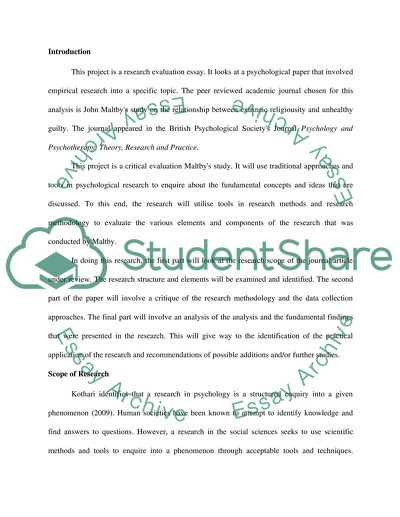Cite this document
(“Research Evaluation Essay Example | Topics and Well Written Essays - 3000 words”, n.d.)
Retrieved from https://studentshare.org/psychology/1480792-research-evaluation-essay
Retrieved from https://studentshare.org/psychology/1480792-research-evaluation-essay
(Research Evaluation Essay Example | Topics and Well Written Essays - 3000 Words)
https://studentshare.org/psychology/1480792-research-evaluation-essay.
https://studentshare.org/psychology/1480792-research-evaluation-essay.
“Research Evaluation Essay Example | Topics and Well Written Essays - 3000 Words”, n.d. https://studentshare.org/psychology/1480792-research-evaluation-essay.


